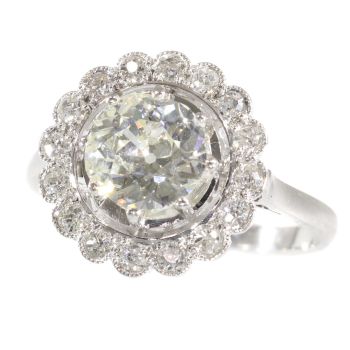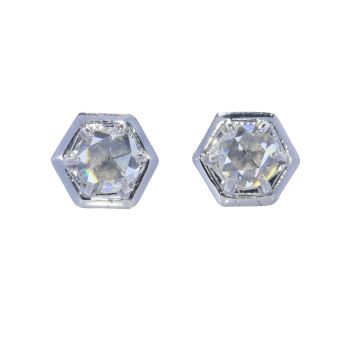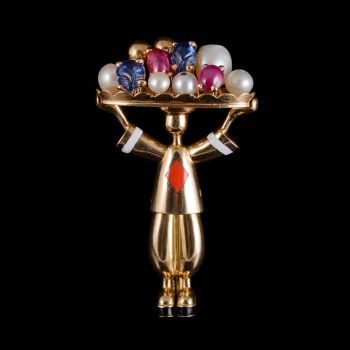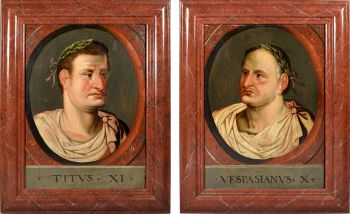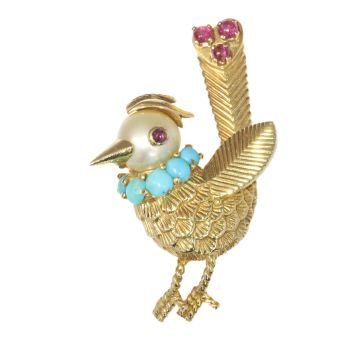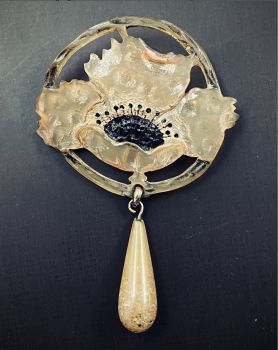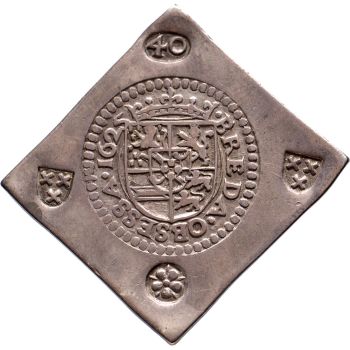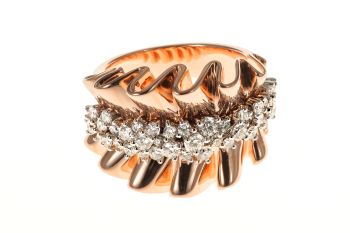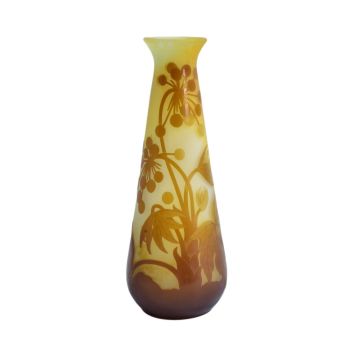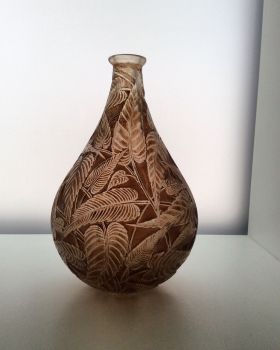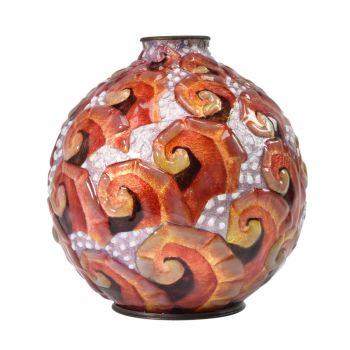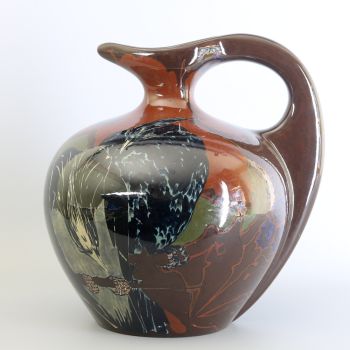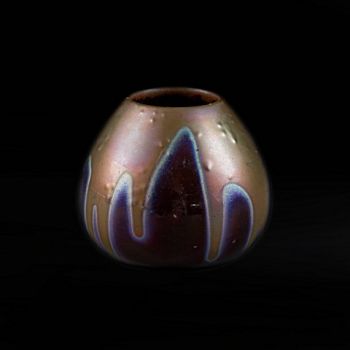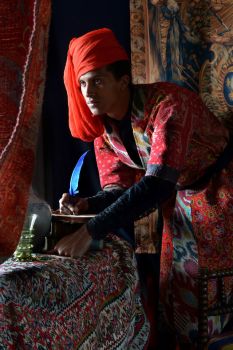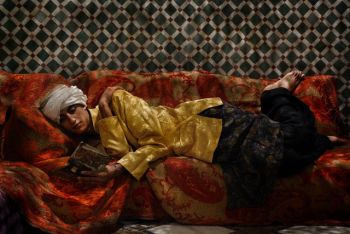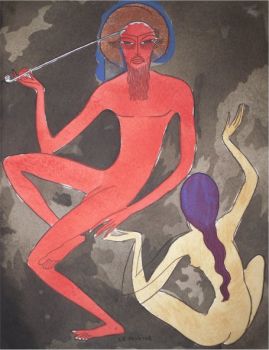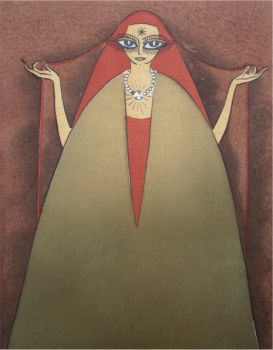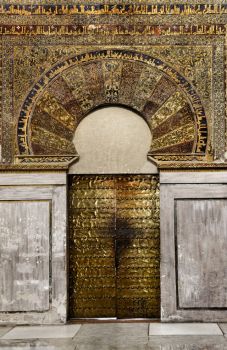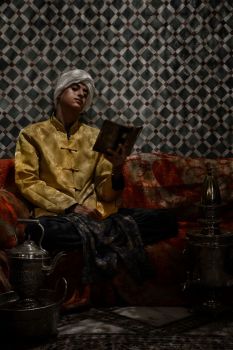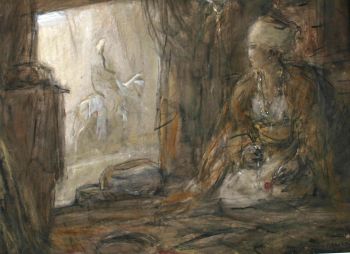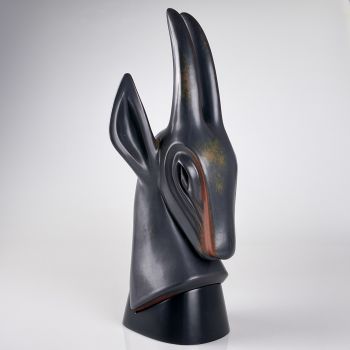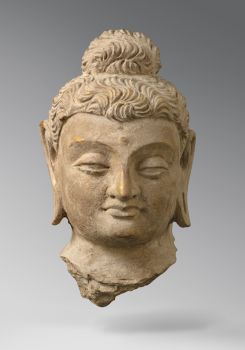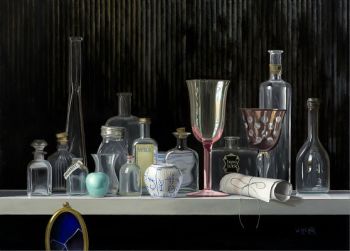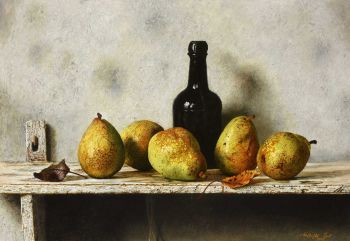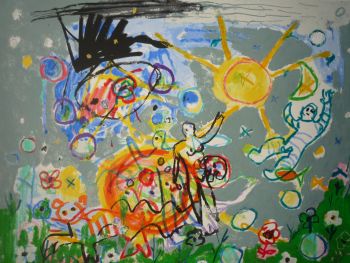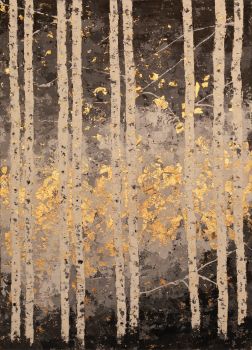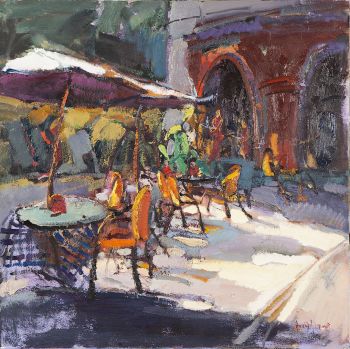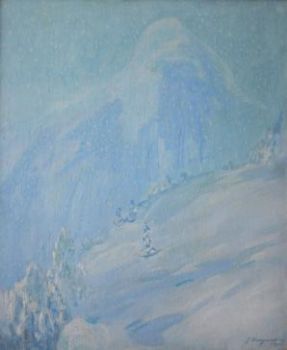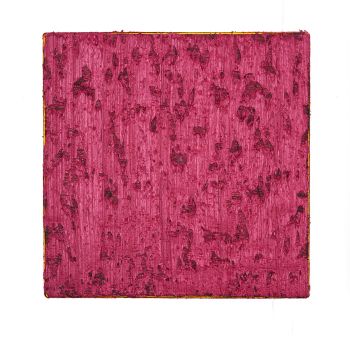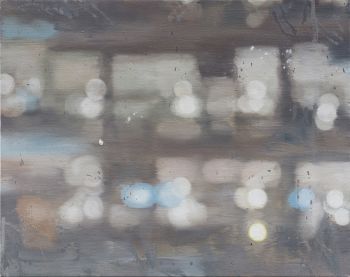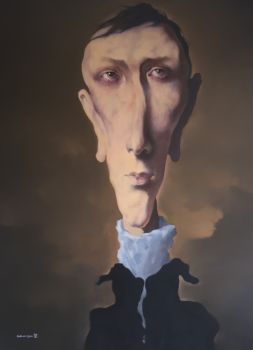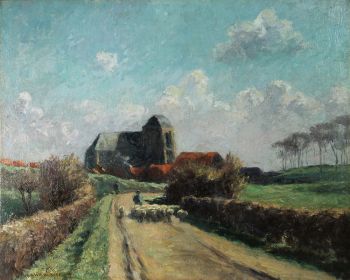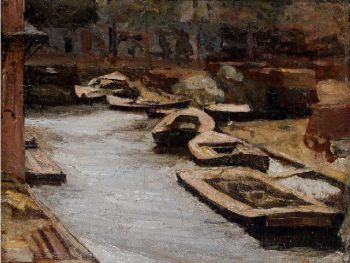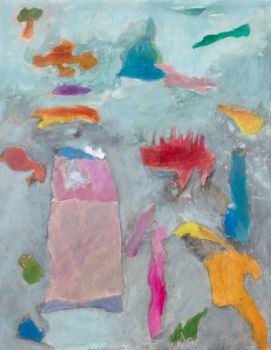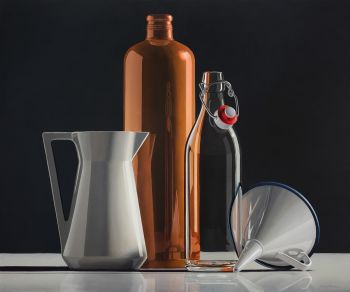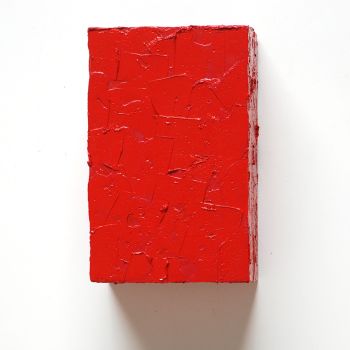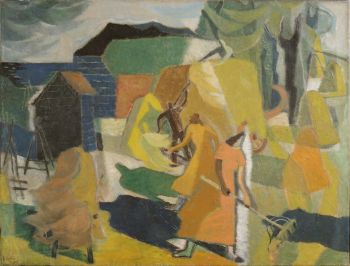Double-gourd Dutch Delft oriental vase, 17th century 1660 - 1680
Artista Sconosciuto
SmaltoCeramicaterracottaDipingere
37 cm
ConditionVery good
€ 4.900
Verkoulen Oriental & European Antiques
- A proposito di opere d'arteA rare and historically important Delft earthenware double-gourd-shaped vase with Japanese influenced decoration, around 1660-1680, Delft, Holland.
Blue and white
Dimensions: 37,2 cm height.
This rare and historically important Delft earthenware vase has a so called ‘double-gourd’ shape, also known as a ‘húlu (葫芦/葫蘆)’ or ‘bottle gourd (calabash)’. The shape has its origin in ancient Chinese culture. Nevertheless, this vase is copied (or inspired) by the Delft potters quickly after the first lager import arrivals of Japanese (Arita) porcelain in The Netherlands. We can see this type of decoration on the pottery from 1660 on until 1680. All of these Japanese style Delft objects are painted in a soft blue glaze just like the underglaze Arita porcelain examples. They also match closely to the original Japanese decorations. Typical for this Japanese style decorations are the simply painted oriental figures with big round heads, the featherlike pine trees, palmtrees and the symmetrical thick ‘pillars’ that divide the vase in different panels. These elements can also been seen on the vase described. This vase has three different panels divided by dotted cruciform ‘pillars’ against a bleu ground. The 'shoulder part' of the vase has these 'pillars' filled with stiff leaf motifs, that also divide the shoulder in three different panels. The neck has beautiful leaf motifs as well.
Condition: Very good, with two small professional restorations (one vertical to the neck/neck rim and one of two-centimeter glaze loss of the belly.)
Provenance:
-The Dr. Günter Grethe Collection (Dr. Günter Grethe (1919-2005) was a retired notary public from Hamburg, with an impressive collection representing fifty years of connoisseurship and over 150 quality Dutch Delftware objects from the 17th and early 18th century).
-R.D. Aaronson, 2004.
Reference:
This exact vase is published with a description and image in" “D. and R. Aaronson, ‘Dutch Delftware The Dr. Günter Grethe Collection’, 2004, page 11”.
Comparable examples:
-A Delft ovoid jar with the similar decoration appears on a painting by Cornelis de Man (1621-1706), who lived in the Delft city himself.
-A Delft ovoid jar with the similar decoration is illustrated by C.J.A. Jörg in: ‘Oosters porselein, Delft aardewerk - Wisselwerkingen, 1983’, page 128-129.
-A Delft ovoid jar with the similar decoration is in the possession of The Art Institute of Chicago Museum (Reference Number 1944.289). - A proposito di opere artista
Può succedere che un artista o un creatore sia sconosciuto.
Alcune opere non sono determinate da chi sono state realizzate o sono state realizzate da (un gruppo di) artigiani. Esempi sono statue dell'antichità, mobili, specchi o firme non chiare o leggibili ma anche alcune opere non sono affatto firmate.
Inoltre puoi trovare la seguente descrizione:
•"Attribuito a …." A loro avviso probabilmente opera dell'artista, almeno in parte
•“Studio di ….” o “Officina di” A loro avviso un'opera eseguita nello studio o nella bottega dell'artista, eventualmente sotto la sua supervisione
•“Cerchio di…” A loro avviso un'opera del periodo dell'artista che mostra la sua influenza, strettamente legata all'artista ma non necessariamente al suo allievo
•"Stile di..." o "Seguace di..." A loro avviso un'opera eseguita nello stile dell'artista ma non necessariamente da un allievo; può essere contemporaneo o quasi contemporaneo
•“Modalità di…” A loro avviso un'opera nello stile dell'artista ma di epoca successiva
•"Dopo …." A loro avviso una copia (di qualsiasi data) di un'opera dell'artista
•“Firmato…”, “Datato…” o “Iscritto” A loro avviso l'opera è stata firmata/datata/inscritta dall'artista. L'aggiunta di un punto interrogativo indica un elemento di dubbio
•"Con firma....", "Con data...", "Con iscrizione..." o “Riporta firma/data/iscrizione” a loro avviso la firma/data/iscrizione è stata aggiunta da qualcuno diverso dall'artista
Sei interessato ad acquistare questa opera d'arte?
Artwork details
Related artworks
Artista Sconosciuto
An Indian part-gilt silver-clad ceremonial sceptre or mace with a tiger’s head1850 - 1900
Prezzo su richiestaZebregs & Röell - Fine Art - Antiques
 A cura di
A cura diDanny Bree
Artista Sconosciuto
Anello Fantasia in Oro Rosso con Diamanti2017
Prezzo su richiestaLyppens Juweliers
1 - 4 / 12Artista Sconosciuto
Verre à boire Cristallo façon de Venise1600 - 1650
Prezzo su richiestaPeter Korf de Gidts - Antiquairs
Gabriel Argy-Rousseau
Gabriël Argy-Rousseau – Crabes et Algues vase – 19201920 - 1929
Prezzo su richiestaAntiques Emporium
Gyrinus
Verre gravé pointillé avec putti1764 - 1766
Prezzo su richiestaPeter Korf de Gidts - Antiquairs
Johann Loetz (Lötz) Witwe Klostermühle
Johann Loetz Witwe – Jugendstil Cobalt Papillon vaas1900 - 1910
Prezzo su richiestaAntiques Emporium
1 - 4 / 24Artista Sconosciuto
Un rare filigrane un gobelet retortoli1550 - 1600
Prezzo su richiestaPeter Korf de Gidts - Antiquairs
1 - 4 / 24- 1 - 4 / 24
- 1 - 4 / 5









